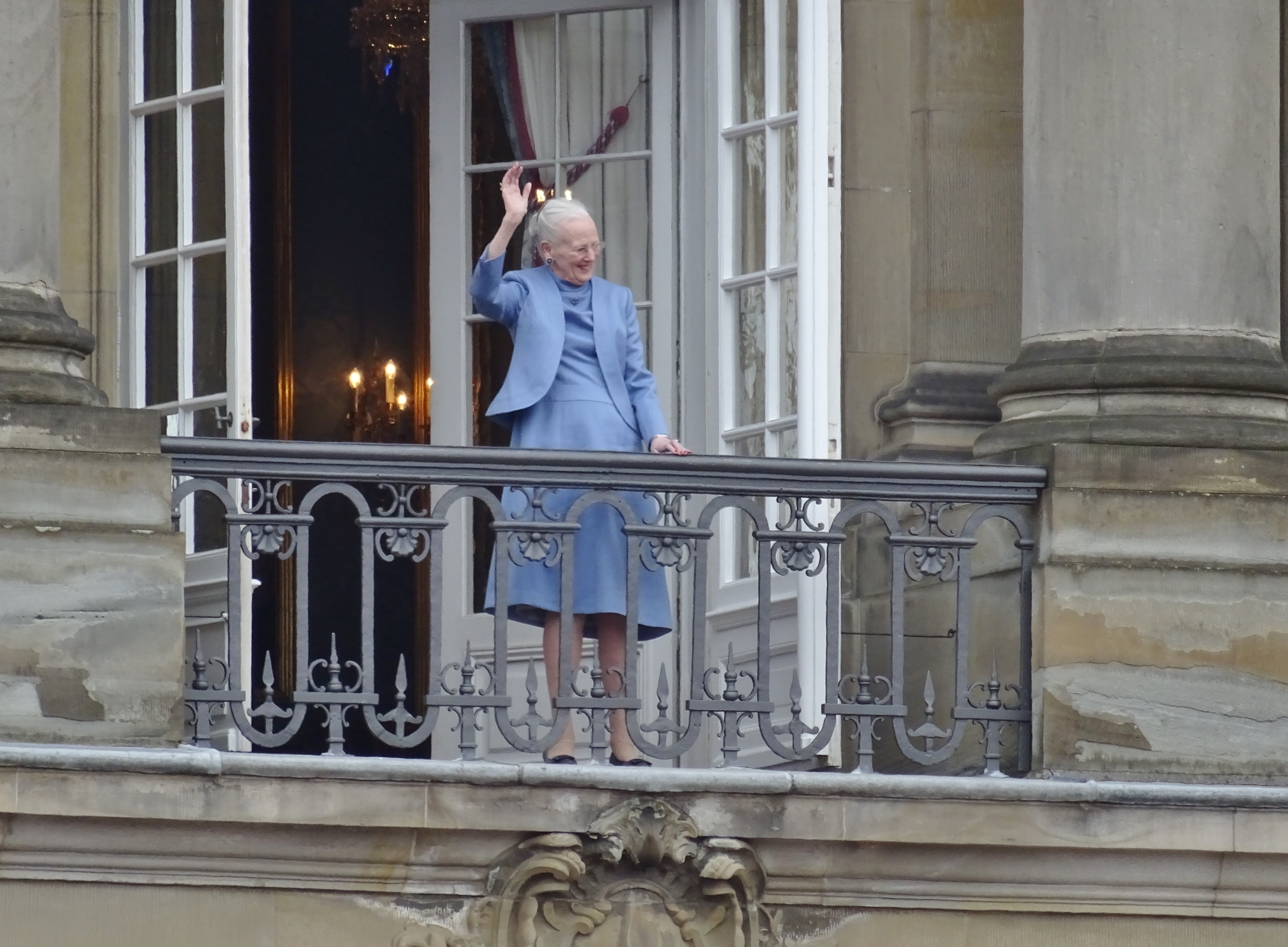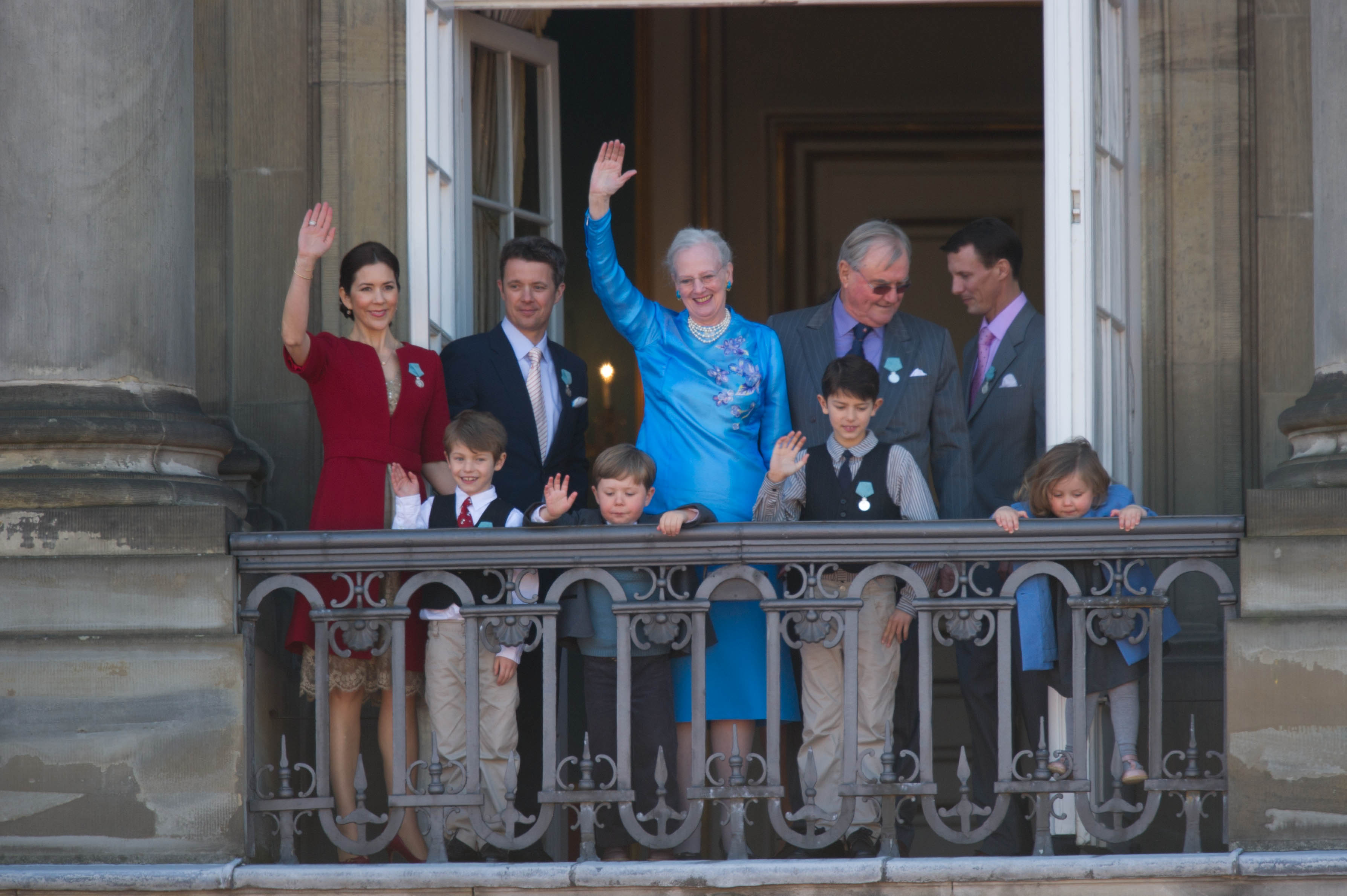Today’s Post
If you’ve been keeping up with the news lately, you may have seen Denmark in there for a very specific reason. The Danish Queen, Margrethe II, who had reigned for 52 years, abdicated in her New Year’s speech on December 31st, and officially handed over her crown a few days ago, on January 14th. This came as a surprise to many people, as there had been no indication that she was going to do this. In fact, there were a few funny (and a bit sad) compilations on TikTok and Instagram of people reacting to her surprise abdication. She cited a few reasons for her decision, including a recent major operation she went through and her desire to pass things on to the next generation.
However, despite everyone’s surprise, abdications have become increasingly more common in several other European monarchies, including the Netherlands and Belgium. To be honest, our shock is probably because what we hear the most about is the British monarchy, which is one of the more traditional ones, and is one in which we are unlikely to see an abdication happen anytime soon. In reality, there are 43 monarchies in the world, 12 in Europe, and each one has developed differently and undergone new changes in the modern era. In today’s post, we wanted to tell you a bit more about the history of Denmark’s monarchy and the significance of this recent change.

A Historic Moment
You may be wondering, why was Queen Margrethe’s abdication such a historic moment? First and foremost, she was Denmark’s longest reigning sitting monarch and second-longest reigning monarch. King Christian IV reigned for 59 years in total but several were with a guardian government, hence the “sitting monarch” distinction for Margrethe. Secondly, at the time of her abdication, she was the world’s longest-reigning current monarch and the only queen regnant (meaning a queen with the inherited right to reign) remaining in the world. Finally, a Danish sovereign had not voluntarily abdicated since the 12th century, making this moment a very notable one in Danish history.
January 14th, 2024
So, needless to say, January 14th was a huge day in Denmark, as people lined the streets of Copenhagen to celebrate their new king, King Frederik X. Luckily, the Danes have always loved him and his Australian wife, Mary, so the crowds welcomed them with plenty of applause and cheers. People were wearing lots of crowns and waving Danish flags, and it all seemed to be a cheerful (and cold!) affair. Definitely an important day in Danish history and one that many will remember.
What struck me the most as I watched the events of the day unfold was just how casual the whole thing was. Margrethe signed a few papers and then Frederik was king. He waved to everyone from the balcony of Christiansborg Palace and the royals had a little parade through the streets in their carriages. That was pretty much it! When you think back to all the crazy and over-the-top ceremonial and celebratory stuff of King Charles’ coronation in May of 2023, it’s a very stark contrast. So while I’m not the biggest supporter of monarchies (in general), I do think it’s nice that the Danish one is a bit more modern in some ways.

Popularity of the Monarchy
As you may have seen if you watched any of the reaction videos to her announcement, Margrethe’s abdication saddened many people in Denmark. Why is that? Well, as I’m sure you can imagine, people don’t do well with change and this queen has been a constant in people’s lives for 52 years. It was exactly the same here in the UK when Queen Elizabeth died. People lining the streets and crying for someone they don’t even know. Evidently, monarchies and royals are intricately connected to culture, so it’s no surprise that death or change inspires a lot of emotion in people.
In Denmark, even though many people are not necessarily royalists, they still like the royal family and believe that the monarchy is an important part of the country’s culture and history. And actually, the Danish royals have an approval rating of over 80%, which is mind-blowing. I think it’s because they’re very down-to-earth, so people find them relatable and endearing, rather than out of touch with regular people. They’re also engaged in a lot of charity work, which definitely helps boost their rating as well. In particular, Crown Princess Mary (now Queen Mary!) has garnered a lot of admiration for her commitment to learning Danish fluently when she moved from Australia.
Personally, I think monarchies are outdated, but they probably won’t be abolished by countries like Denmark and the UK who have had them for hundreds of years. The best we can hope for is a transition to a more modern type of monarchy, which is hopefully going to be the case for Denmark.
Recommended Websites
If you’re interested in reading more about the Danish royal family, you can check out the websites below:
Overall Information: https://www.kongehuset.dk/en/
Background on the Succession: https://www.kongehuset.dk/en/news/background-on-succession-to-the-throne
A Brief History: https://denmark.dk/people-and-culture/monarchy
The Royal Lineage: https://www.kongehuset.dk/en/the-monarchy-in-denmark/the-royal-lineage/
Thanks for reading!
Thanks for reading! I hope that this blog post was insightful and at the very least gave you some context for the recent changes in Denmark’s monarchy. Feel free to leave a comment down below if you have anything you want to add, any questions, or want to share an opinion.
Additional Sources
https://www.kongehuset.dk/nyheder/laes-h-m-dronningens-nytaarstale-2023
https://www.visualcapitalist.com/which-countries-still-have-monarchy/
https://en.wikipedia.org/wiki/Margrethe_II
https://en.wikipedia.org/wiki/Frederik_X
https://en.wikipedia.org/wiki/Queen_Mary_of_Denmark
https://www.statista.com/statistics/1443682/approval-rating-king-queen-denmark/



I loved how the celebration was heartfelt yet simple — no over-the-top pomp, just genuine cheers and smiles from the people. The fact that King Frederik and Queen Mary are so beloved speaks volumes about how the royal family connects with everyday Danes. Their high approval ratings don’t surprise me at all, especially considering their charity work and approachable nature.